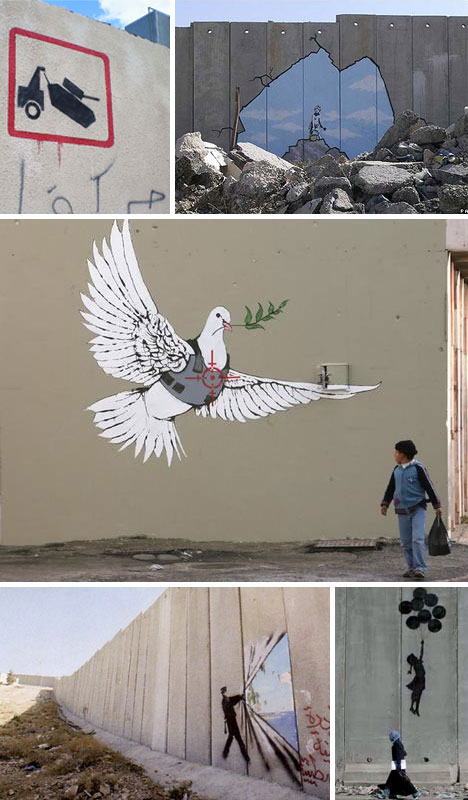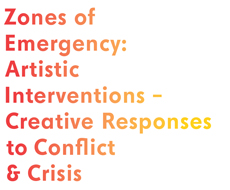In an attempt to dissect and analyze Freud’s discussion of melancholia and mourning, Judith Butler in Precarious Life: The Powers of Mourning and Violence, addresses this idea of a, “hierarchy of grief.” We live in a society so engulfed in war and death that so quickly decides the value of one human life and so easily dismisses the sacredness of another. Media outlets tend to lump and calculate overseas death tolls for certain regions of the world, and not others. We decide what groups deserve a lengthy broadcast that clearly depicts their loss and touches on our need to grieve alongside our fallen neighbors. Where as other groups are not worthy of the same.
Butler asks, “To what extent have Arab peoples, predominately practitioners of Islam, fallen outside the ‘human’ as it has been naturalized in its ‘Western’ mold by the contemporary workings of humanism? What are the cultural contours of the human at work here? How do our cultural frames for thinking the human set limits on the kind of losses we can avow as loss? After all, if someone is lost, and that person is not someone, then what and where is the loss, and how does mourning take place?”
In an area of conflict, Jerusalem, we often only hear the cries of the Israeli people. Do we not also need to listen to the voices of the Palestinians, who’s homes are being demolished on a daily basis for the expansion of Israeli settlements, or schools are being shut down out of fear of an unstable environment, or who are living in separation from their own family and friends because of a wall put up to keep the evil out and the good in?
The separation wall built up by the Israeli government is now being used as a means of retaliation, and a canvas for artists to share their opinions with the world. Perhaps through the intervention of art in this manner, we begin to give voice to those our own media depicts as un-human. The following are images of the separation wall, and a news clip on guerrilla artist, Banksy, who uses the separation wall to speak out: Banksy – News Clip

Apartheid Wall cutting through Abu Dis, Palestine

Banksy_Palestinian Ladder

Banksy Art
Shifting gears to a more local zone of conflict…
In the case of memorial structures, who is the design targeting? Memorials have just been completed and made public for the September 11 attacks on the World Trade Center, in New York, the Pentagon in Washington DC, and the site of Flight 93′s crash in Shanksville, Pennsylvania. Do these memorials allow for the mourning of only those attacked on that fatal day, or do they also allow for reflection of the destruction that came after the initial attack: American soldiers who lost their lives in this war on terror, innocent Afghan children who died along side their mothers and fathers, or thousands of casualties at home and abroad who live everyday with physical and mental side effects of the terrorist attacks as well as the American-led war.
The memorial in Shanksville, PA clearly portrays a hierarchy in its own design. The design team, Paul Merdoch Architects, clearly delineated areas that were more sacred, and those that were more mundane. The mundane was accessible to the public as a whole, while the sacred area, where Flight 93 actually hit earth, was only made available to the families of those who passed (and superior officials like the President). For the rest of us, we could only mourn and reflect on the loss of the fallen from behind a wooden gate some distance away. What does this separation do to the collective community in the process of mourning and healing? Does the separation make it difficult for the public to reflect on the impacts of that day on a more grand scale – beyond that sacred, untouchable site, and extended abroad to other sites of emergency and destruction? Or is that reflection only reserved for a small group of people?

Ceremonial Gate, Flight 93 Memorial, Shanksville, PA

Boulder marking the crash site_on guard.

President Obama and his wife_on sacred grounds.
In the midst of conflict and in the time after a crisis, who do we decide is worthy of mourning or human enough to grieve? As artists and architects we must provide intervention that speaks to the collective, that does not give way to this world of politics, but rather provides a platform for discussion and policy transformation.


Decolonizing Architecture, Decolonizing the mind. Just as the Palestinians have used the separation wall as a canvas to express their thoughts and feelings to the world, DAAR proposes to reuse architecture built by the occupiers, the Israelis, for future constructs to be used by the Palestinian people. Taking old homes, and transforming them into schools for students.
http://www.youtube.com/watch?v=xcfdqtOq6IA&feature=player_embedded#!